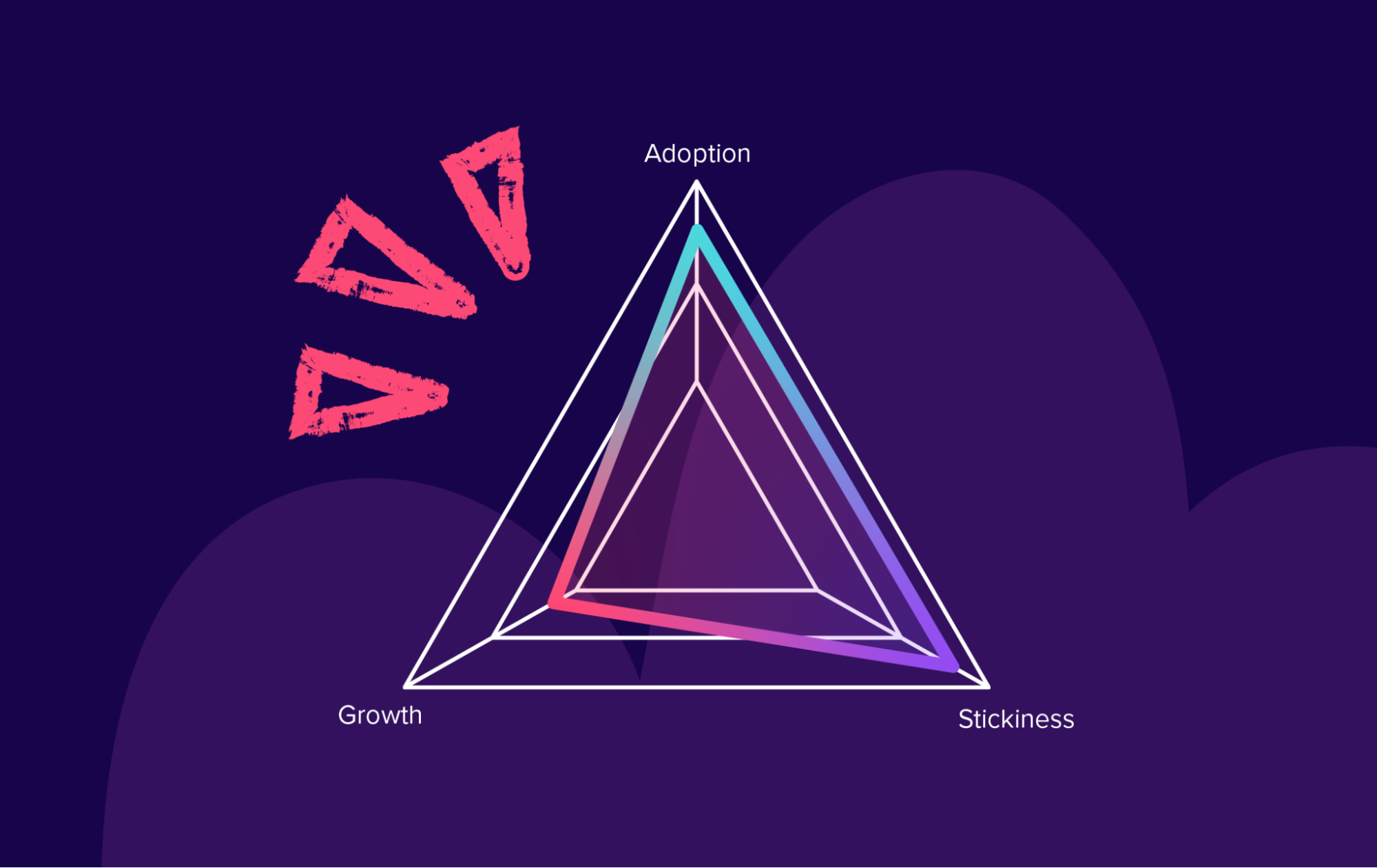In the era of efficiency, you can’t simply rely on guessing. You need a hefty dose of knowing.
When your business’ success hinges on your product’s success, you need to know exactly how users are engaging with your offerings, how the initiatives on your roadmap will impact your bottom line, and how to help your users be as successful as possible—as quickly as possible.
The companies that are winning (yes, even in this economy) are taking a proactive approach to understanding and enabling their users—be they customers or employees. And they’re using data to drive their decisions and inform their growth strategy.
In this blog—part two of our inefficiency series—we’ll take a closer look at how Pendo helps product teams decipher user needs and behaviors, predict and prevent churn, and deliver contextual guidance at scale.
Understanding users and driving ideal behaviors
There are few things more inefficient than pouring hundreds of hours and thousands of dollars into building a product or feature, only for it to go unused. Sometimes this is the result of poor product-market fit (i.e. you built something that no one actually needs)—and other times, it’s the result of low awareness or ineffective user enablement (i.e. you built something valuable, but people don’t know about it or how to use it).
The good news is that both of these challenges can be avoided with product analytics and in-app guidance. By leveraging usage data and feedback about existing products or workflows, you can identify areas for improvement and create a plan to solve any feature gaps. And by using in-app messaging, you can increase adoption by enabling users on key areas of your product that they may not be aware of, or drive them to use features in a different way.
How to spot inefficient adoption in your organization
- Your users are struggling to see value in your products or utilize key features as intended.
- You see diminished ROI on internal-facing apps due to lack of employee adoption.
- You spend a lot of time and effort trying to re-engage and remarket to users who have abandoned your products.
- Your product and engineering teams waste a lot of time “spinning” and building functionality that ends up going unused.
How to use Pendo to understand users and get them to value quickly
- Before you build or buy software, use a product analytics tool like Pendo to understand how users are leveraging your existing products. Pay attention to the jobs your users are trying to get done, the features they use most, and their typical workflows. You can also use product analytics to measure the efficacy of your existing onboarding or enablement programs, and iterate as needed to drive adoption and usage, faster.
- Build user proficiency with in-app guides. Targeted in-app messages to specific cohorts of users not only improve the relevancy of the training being delivered, but also ensure a great user experience. Companies that leverage their products to enable users in-app see a 28% increase in total active users, on average.
- Use a portfolio analytics tool to understand which tools in your stack are performing as intended or which may require additional enablement (or should be removed).
THE INEFFICIENCY REPORT10 ways you’re wasting time and money, and how your product can help
Preventing customer churn
At enterprise scale, it’s impossible for customer success (CS) teams to provide 1:1 service and stay on top of how every single customer is feeling at all times. And while there’s no way to predict the future, there are tools to help teams take a more proactive approach to preventing churn.
With the right analytics and feedback tools, product and CS teams can gain visibility into how customers are using key features, spot macrotrends in their feedback and requests, and identify any sudden changes in active use—all good indicators of customer satisfaction or potentially at-risk accounts. They can also use in-app messaging to intervene and provide additional enablement as needed, to get wavering customers back on track and help them realize the full value of their investments. On average, companies that use these product-led approaches see a 5% reduction in customer churn and a 15% increase in net revenue retention.
How to spot inefficient retention in your organization
- You have no scalable way to proactively identify at-risk customer or employee behaviors (e.g. reduction in active users, low feature engagement, stagnant account growth), leaving your CS teams feeling blindsided whenever they lose customers.
- You have a hard time forecasting metrics like recurring revenue because you’re experiencing high and unpredictable customer churn.
- You see poor adoption for both the software you build and buy.
- You spend a significant amount of time and money on new customer acquisition-related activities.
- Your company doesn’t have a great reputation for customer satisfaction.
How to use Pendo to reduce customer churn
- Leverage a product analytics tool to proactively identify at-risk users or accounts. The composite Product Engagement Score (PES) in Pendo is a great way to continually measure and track your product’s health, and can be a helpful starting point for digging further into the data to understand where—and why—users may be struggling or dissatisfied.

- Use in-app guides to field surveys, gather feedback, or measure Net Promoter Score (NPS). Soliciting this information in-app is an organic and highly effective way to keep a pulse on your customers’ happiness, and yields far better (and more contextual) responses than surveys delivered through external channels.
- Guide customers to even greater value in-app with contextual and personalized messages that improve proficiency or help users leverage underutilized or new features they could benefit from.
Download the inefficiency report to see the full list of inefficiency areas your product can help you solve, and to find out how Pendo can help.
![[object Object]](https://cdn.builder.io/api/v1/image/assets%2F6a96e08774184353b3aa88032e406411%2F39f3ccde352b460cbf348ccc952054cd?format=webp)



